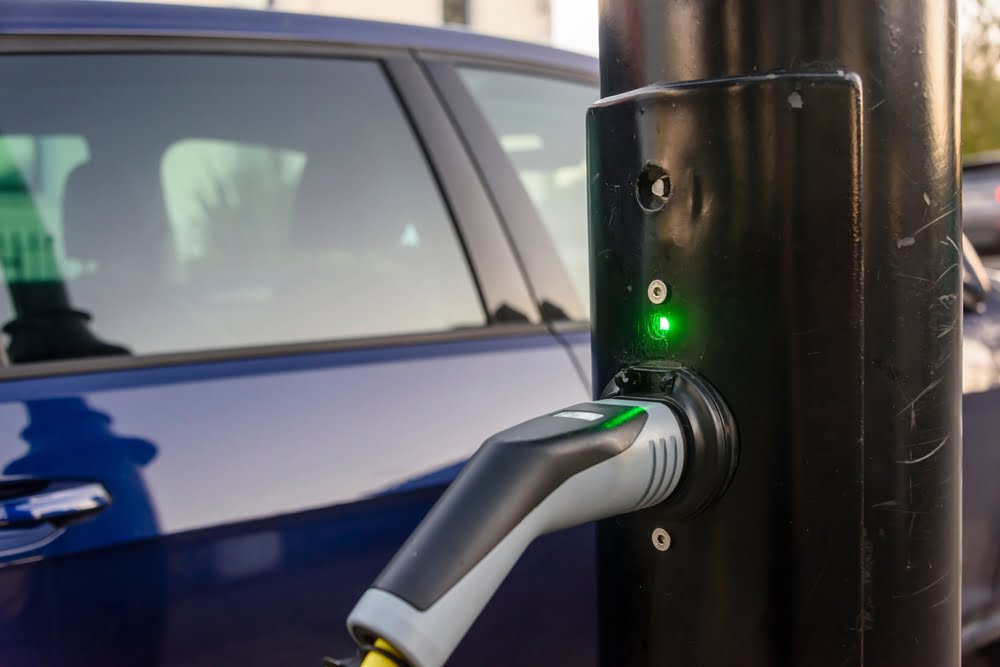With increasing pressure on available charging infrastructure, the EV industry is now introducing blocking rates as a solution to change the landscape of drivers looking for a free charging station.
Users of charging stations face a new challenge and must pay attention to the blocking fee. These additional costs are charged when a vehicle remains connected to a charging station for more than a certain time, similar to how one pays for each kilowatt hour charged. The blocking rate is designed to prevent charging stations from being occupied for an unnecessarily long time, a frustration for many EV users who are looking for an available charging spot.
The phenomenon of the blocking fee, also known as idle fee or blocking costs, has been introduced to increase the efficiency and availability of charging stations. After a predetermined period — often set at 4 hours — an average rate of €0,05 to €0,10 per minute is charged, with a maximum amount to avoid exorbitant costs. Shell Recharge is an example of a company that has introduced this measure, with a rate of €0,05 per minute after 240 minutes, plus the standard rate of €0,53 per kWh.
The purpose of the blocking rate is to achieve faster flow at charging points and increase satisfaction among EV users, especially in densely populated areas where demand for charging points is high. The introduction of such rates emphasizes the need for EV users to check the rates and conditions of charging stations in advance. Practice shows that the application of the blocking rate varies greatly per provider. In addition to Shell, which applies a maximum of €12 per charging session after 4 hours, Allego will charge a rate of 1 cents per hour from March 2024, 25 from the moment of connection, without a maximum rate.

The ANWB stands not completely dismissive versus the concept of a blocking tariff, given the imbalance between the number of electric cars and public charging points. However, the organization emphasizes that the time frame in which the rate takes effect and its amount must be proportional to the intended use of the charging station and the location. The ANWB also advocates a maximum duration of 3 hours for the blocking rate and advises that users are clearly informed about these costs by means of signs or stickers at the charging station.
The introduction of the blocking tariff is a sign of the evolving infrastructure surrounding electric vehicles. It illustrates the need to find a balance between encouraging electric driving and ensuring accessibility and ease of use for all users. As the number of EVs and demand for charging options continue to rise, policies surrounding charging infrastructure will continue to adapt to support a sustainable and efficient future for electric transport in the Netherlands.




